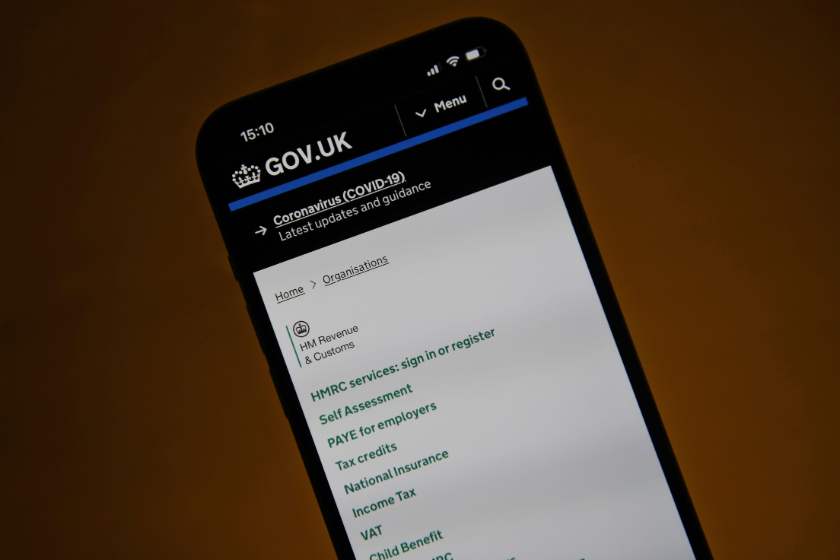How to protect clients amid increasing HMRC enquiry activity
With enquiry activity increasing as HMRC pursues a £42 billion tax gap, and the department’s enquiry tactics...
READ MORE
Making Tax Digital for Self Assessment, eight years and £1 billion behind, is nevertheless coming. We spoke with tax leaders about how to help business taxpayers prepare.

HMRC’s Making Tax Digital for Income Tax programme promises to modernise the UK’s taxation system.
And while elements have been implemented, the National Audit Office last year found that MTD for Self Assessment “is at least eight years behind the original timetable and HMRC has not resolved some important elements of its design”.
Benefits to the government – in the form of increased tax revenue – have been delayed and costs of making the change increased.
Initially forecast to cost taxpayers £226 million, the implementation of MTD for VAT, self assessment for business taxpayers and corporation tax has blown out to £1.3 billion, according to the National Audit Office.
The average self assessment business taxpayer with income between £10,000 and £30,000 can expect to spend £460 over the first five years of Making Tax Digital (MTD).
And time is of the essence. Businesses with an annual income of more than £50,000 must comply by 6 April 2026, while those with an annual income of more than £30,000 have until April 2027.
Here, we examine how MTD will impact SMEs and what accountants can do to help ease the pain.
Going digital isn’t cheap for small businesses.
“SMEs will require a compliant software package, and will [need] to submit four quarterly returns rather than one annual return,” says Jeremy Kitson, Director, Prime Accountants Group, Solihull.
“This will bring an additional compliance cost burden, as well as training and transitional costs to move from existing systems.”
Given that businesses are already facing a plethora of rising costs, some might not rush into paying for software.
“Many will simply opt to submit through the MTD portal, as opposed to implementing [software] that could automate their whole VAT reporting system,” says Stefan Fielding, Tax Director at Sapphire Accounting.
The burden will be particularly onerous for businesses that conduct administration manually.
“For [those] who rely on offline methods, such as Microsoft Excel, becoming compliant with MTD will require extra work,” says Andrew Burman, Principal, Tax Technology at Ryan.
When announced in 2016, MTD was expected to be rolled out by 2020. Subsequent delays mean that while the HMRC intends to move 17 million tax records, it’s only shifted three million so far.
The path to implementation is also challenging for HMRC – it still has major work to complete on significant elements of the programme. While the scale of that implementation work remains uncertain, so do the complexities in implementation for small businesses – this uncertainty can make business difficult.
“The number of delays and amendments makes keeping up to date with the current position complex for SMEs,” says Kitson.
Further, once MTD is in place, the HMRC’s reporting requirements will likely become increasingly complex and frequent.
“HMRC is aiming for a future where businesses report in real time across their taxes,” says Fielding.
“[SMEs] should prepare for a future where increased data sharing with the HMRC is likely, going beyond simply returning data that is currently filed,” says Burman.
However, the flipside is that automation could eventually ease the compliance burden.
“The use of automation makes following the rules easier and allows for massively enhanced governance, which is to the benefit of stakeholders,” says Hugh Scantlebury, CEO and Founder, Aqilla. “It also reduces costs to HMRC.”
Scantlebury is hopeful that such savings could be passed along as lower corporation taxes.
Getting in early is key.
“Choose a software provider well ahead of time,” says Fielding. “There is nothing worse than a late dash to get everything submitted, so choosing a software provider early and ensuring everything is linked correctly to online accounts is a great way of reducing stress and making things simple.”
Kitson agrees, adding that time taken to get used to the new system is well-spent – as is any time dedicated to ensuring accuracy throughout the year.
“Getting the records right the first time as you go during the year can reduce year-end costs,” Kitson says.
Once decisions around software are settled, it’s important to turn to the human side of the transition.
“Ensure all relevant staff are trained, and clear about the processes for MTD reporting,” says Fielding.
“This will help ensure all information is gathered in a correct and timely fashion.”
Further, SMEs can save time and costs by making the most of their new systems.
“Adopting MTD-compliant software can bring other benefits,” says Kitson.
“These include real-time information management, as well as improved accuracy and time saving by importing transactions, rather than manually inputting.”
“Automate as much as possible,” Scantlebury says, suggesting connecting systems, customers and suppliers to streamline processes further. “And make the best use of workflow and delegated approval processes.”
Ultimately, accountants might find more time to support their clients with services that offer greater value to clients.
Scantlebury says, “With the opportunity to automate all transactional processing, accountants can focus on adding value by way of financial analysis and advice.”
The IFA tax series features expert speakers discussing tax matters in two-hour webinars. Find out more.